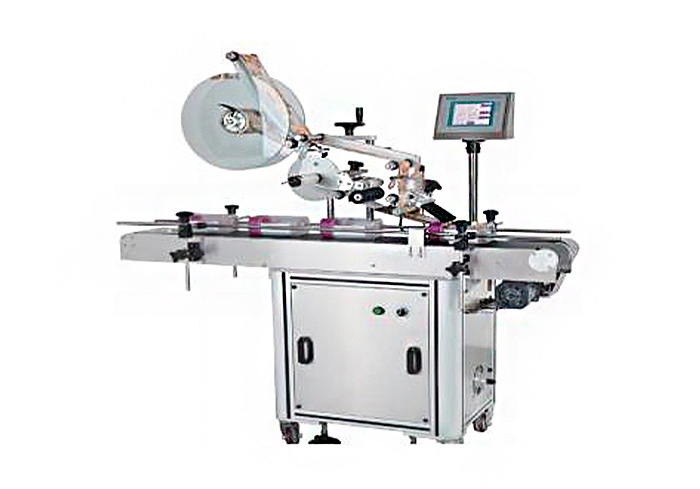In today's fast-paced industrial landscape, optimizing packaging processes is crucial for businesses to enhance productivity, reduce costs, and deliver products efficiently. One technology that has transformed the packaging industry is the case packing machine. These intelligent machines have revolutionized the way products are packed into cases, ensuring accuracy, speed, and reliability.

Case packing machines are automated devices designed to streamline the process of packing products into cases or containers. They eliminate the need for manual labor, providing a more efficient and consistent method of packaging. Case packing machines come in various configurations, including vertical, horizontal, robotic, and collaborative types, depending on the specific packaging requirements and industry.
Functionality and Operation
Case packing machines are equipped with advanced technologies and mechanisms that enable them to handle different products and packaging formats. The machines can accommodate a wide range of items such as bottles, cans, pouches, cartons, and more. They can handle products of different sizes, shapes, and weights with precision and speed.
The operation of a case packing machine typically involves several stages:
Product Orientation: The machine receives products from an upstream production line and arranges them in the desired orientation for packing.
Product Conveyance: The products are then transported to the case packing area using conveyors or other handling systems.
Case Formation: The machine constructs cases or containers from flat sheets of corrugated cardboard or other materials, ensuring structural integrity.
Product Loading: The products are loaded into the cases according to the predefined pattern, which can be adjusted based on packaging requirements.
Case Sealing: Once the products are loaded, the machine securely seals the cases using adhesive tapes, hot melt glue, or other sealing methods.
Case Discharge: The packed cases are then discharged from the machine, ready for storage, transportation, or further processing.
Benefits of Case Packing Machines
Increased Efficiency: Case packing machines significantly improve packaging efficiency by automating the process. They can operate at high speeds, reducing production time and increasing throughput. The precision and consistency of these machines also minimize errors and rework, resulting in higher productivity.
Cost Savings: By reducing reliance on manual labor, case packing machines offer cost savings in the long run. They eliminate labor-intensive tasks, reducing workforce requirements and associated expenses. Additionally, these machines optimize material usage, reducing packaging waste and costs.
Improved Product Protection: Case packing machines ensure that products are properly packed, reducing the risk of damage during storage and transportation. The machines can incorporate protective measures such as cushioning, partitioning, or foam inserts to secure fragile items, maintaining product quality and reducing losses.
Versatility and Flexibility: Case packing machines are highly adaptable to various product types and packaging formats. They can be easily adjusted to accommodate different sizes, configurations, and stacking patterns, making them suitable for a wide range of industries and product variations.
Safety and Ergonomics: Automation provided by case packing machines minimizes manual handling and repetitive tasks, promoting a safer working environment for employees. By reducing physical strain and the risk of injuries, these machines enhance workplace ergonomics and employee well-being.
